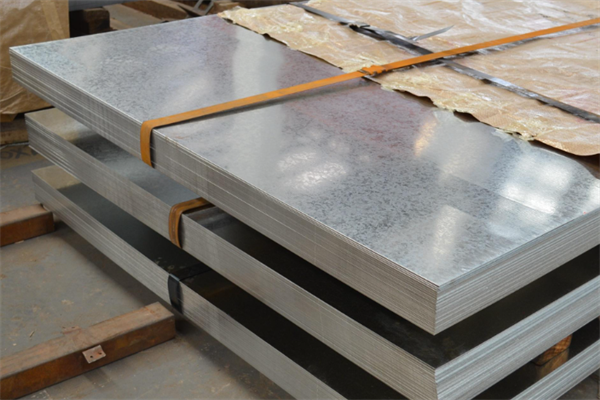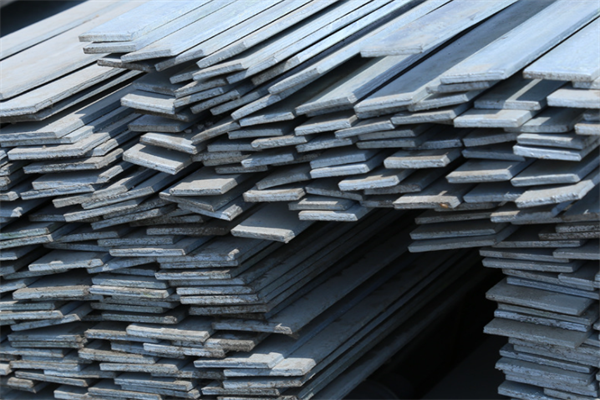Zinc plating is a surface treatment technique that involves plating a layer of zinc on the surface of metals, alloys, or other materials to provide a beautiful, rust-resistant appearance, and the main method used is hot-dip galvanizing. Zinc is soluble in acids and alkalis, so it is called an amphoteric metal. Zinc is almost unchanged in dry air. In humid air, zinc surface will generate dense alkaline zinc carbonate film. In containing sulfur dioxide, hydrogen sulfide and marine atmosphere, zinc corrosion resistance is poor, especially in the high temperature and high humidity containing organic acid atmosphere, zinc coating is very easy to be corroded.

The standard electrode potential of zinc is -0.76V, for the steel substrate, zinc plating belongs to the anodic plating, which is mainly used to prevent the corrosion of steel, the advantages and disadvantages of its protective properties and the thickness of the plating is very big. Zinc plating by passivation treatment, dyeing or coating light protection agent, can significantly improve its protective and decorative properties.
With the development of the galvanizing process and the adoption of high-performance galvanizing brighteners, galvanizing has moved from a purely protective purpose to a protective-decorative application. There are two types of galvanizing solutions: cyanide plating solution and cyanide-free plating solution. Cyanide plating solutions are divided into several categories: microcyanide, low cyanide, medium cyanide, and high cyanide.

Cyanide-free plating solutions include alkaline zincate plating solution, ammonium salt plating solution, sulfate plating solution and ammonia-free chloride plating solution. Cyanide zinc plating solution is plating ability is good, the plating layer is smooth and detailed, in the production of the long-term use. However, due to the toxicity of cyanide and serious pollution to the environment, in recent years, it has tended to use low-cyanide, micro-cyanide and cyanide-free galvanizing solution.
Testing items:
Size and shape: permissible deviation of width, permissible deviation of length, unevenness, permissible deviation of thickness, de-squareness, sickle bend and so on.
Chemical composition: sulfur content, manganese content, phosphorus content, titanium content, aluminum content, niobium content, silicon content, carbon content, vanadium content and so on.
Physical properties: tensile strength, elongation at break, r-value, n-value, tensile strain marks, baking hardening value, yield strength, adhesion properties of plating, weight of plating, surface structure of plating, surface quality, adhesion properties, corrosion resistance and so on.
Environmental performance: mercury content, cadmium content, lead content, hexavalent chromium content, etc.